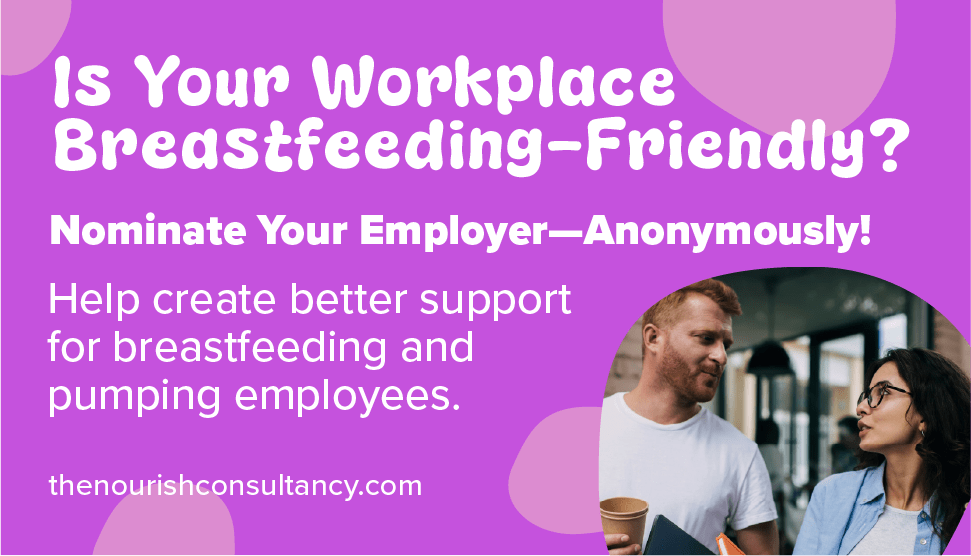The American Academy of Pediatrics has updated its guidance on breastfeeding – extending the recommended time for parents to breastfeed their children, while calling for policy change and “nonjudgmental support” for all families’ feeding choices.
The American Academy of Pediatrics has updated its guidance on breastfeeding – extending the recommended time for parents to breastfeed their children, while calling for policy change
In policy recommendations published on Monday, the AAP maintained its guidance to breastfeed infants exclusively in the first six months of their lives, before introducing other foods to complement nutrition. Now, the AAP is also urging pediatricians to support those who choose continued breastfeeding after solid foods are introduced for two years or longer.
“We know that any breastfeeding is better than none… and the longer the total duration of breastfeeding the better,” Dr. Joan Younger Meek, lead author of the AAP reports and a professor emeritus in clinical sciences at the Florida State University College of Medicine, told USA TODAY, pointing to breastfeeding health benefits for both babies and their parents.
Still, Meek and the AAP noted, persisting stigma, lack of support and barriers in the workplace can often be obstacles for parents who choose to breastfeed – especially limiting those who want to breastfeed beyond one year.
The authors of the new guidance also acknowledged that some parents can’t breastfeed or prefer not to – again advocating for health care professionals to support each family’s needs.
Monday marked the first time the AAP’s breastfeeding guidance has been updated in 10 years. Here’s what you need to know about its new recommendations.
Why is the AAP extending its recommended time for breastfeeding?
In addition to providing key nutrients to infants, research has shown links between breastfeeding and decreased rates of lower respiratory tract infections, obesity, severe diarrhea, ear infections and decreased risk of sudden infant death syndrome, the AAP says.
“Breast milk is unique in its nutrients and protective effects, and really quite remarkable when you look at what it does for a child’s developing immune system,” Meek said in a statement with Monday’s policy recommendations.
Breastfeeding beyond one year and for up to two years has been associated with protections for the breastfeeding parent against high blood pressure, diabetes and breast and ovary cancers, according to the AAP.
Meek noted that the AAP’s updated guidance aligns with the World Health Organization’s recommendations on breastfeeding – which similarly recommends breastfeeding exclusively for the first six months of life and then continuing to breastfeed while supplementing nutrition with complementary foods for up to two years and beyond.
Still, it’s important to note that breastfeeding isn’t an option for everyone – and that many use infant formula or seek out breast milk banks instead, in addition to supplementing their child’s nutrition with some solids after six months.
According to statistics from the Centers for Disease Control and Prevention, in 2017, about 84% of infants started breastfeeding when they were born. However, around 58% were still breastfeeding at 6 months.
Meek underlined the importance of health care professionals supporting each family’s decision and needs.
“The ultimate decision about how to feed the baby is a family decision and health care providers need to really meet families where they are,” Meek said. “We know that not every family is going to be able to do exclusive breastfeeding for six months. We know that not every family is going to continue breastfeeding for up to 24 months… For those families that, either for medical reasons or by choice, decide that breastfeeding isn’t right for them, we need to equally support them and not make them feel shamed or bad because they made a different decision.”

The American Academy of Pediatrics called for “policies that protect breastfeeding” – including universal paid maternity leave
More support needed for breastfeeding, ‘chestfeeding’
For parents who can and choose to breastfeed, obstacles from persisting stigma and lack of support, especially in the workplace, continue, the AAP notes.
In Monday’s recommendations, the AAP called for “policies that protect breastfeeding” – including universal paid maternity leave, insurance coverage for breast pumps and lactation support, the right to breastfeed in public, universal break time at workplaces with private locations for expressing milk and on-site child care.
“The AAP views breastfeeding as a public health imperative and also as an equity issue,” Dr. Lawrence Noble, co-author of the policy statement and technical report, said in a statement. “Pediatricians and other medical professionals can help mothers meet their intended goals for breastfeeding and provide care that is inclusive, equitable, and culturally sensitive.”
The AAP also acknowledged the racial and socioeconomic disparities that persist in breastfeeding – as well as inequities for some gender-diverse parents who may not be able to access breast milk because of both social or biological barriers.”The policy statement calls for addressing implicit bias, structural bias, and structural racism to eliminate disparities in breastfeeding and improve the health and well-being of all children and families,” Monday’s recommendations read. “When working with gender-diverse families, AAP suggests asking families what terms they use and that the term ‘chestfeeding,’ may be more accurate and inclusive as it concerns lactation and physiology in gender-diverse families.”
This article was first published here. Read the original article in full here.
















